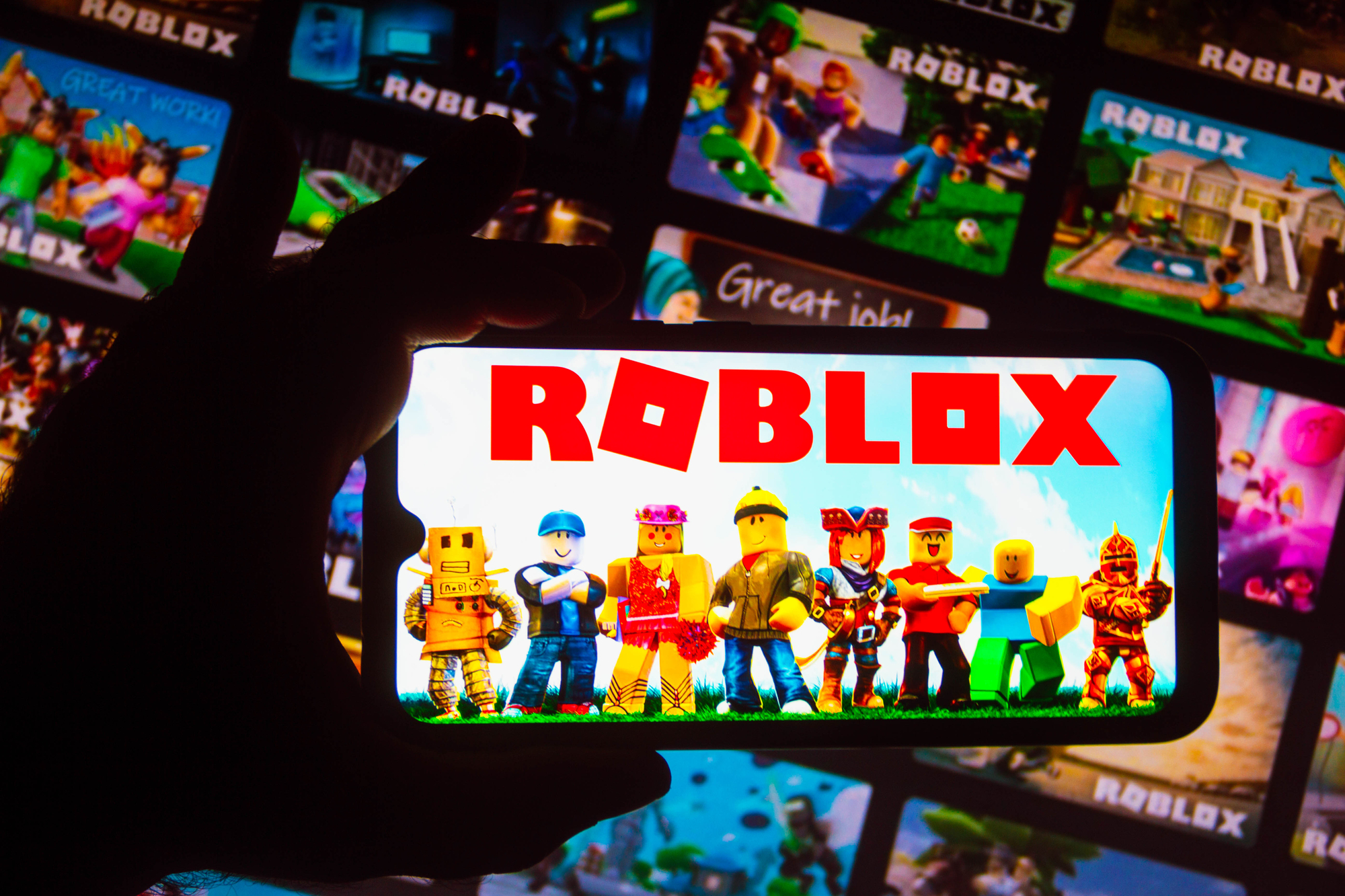Virtual worlds offer unique insights into environmental issues, allowing users to experience and interact with simulated ecosystems. These digital environments serve as powerful tools for raising awareness about climate change, deforestation, and other ecological challenges. Virtual reality (VR) and augmented reality (AR) technologies enable immersive experiences that can foster empathy and understanding of complex environmental problems.
Games and simulations in virtual worlds provide hands-on learning opportunities for sustainability education. Players can explore the consequences of their actions on virtual ecosystems, experimenting with different scenarios and solutions. This interactive approach helps bridge the gap between environmental knowledge and behavior, encouraging users to apply what they learn in the real world.
Technological advancements continue to improve the realism and accessibility of virtual environments. As these digital spaces evolve, they have the potential to reach wider audiences and make a significant impact on environmental awareness and action. Virtual worlds may play an increasingly important role in shaping public understanding of sustainability issues and inspiring positive change.
Understanding Environmental Issues in Virtual Worlds
Virtual worlds offer innovative platforms for exploring and learning about environmental issues. These digital spaces provide immersive experiences that can deepen understanding and encourage action on real-world ecological challenges.
The Role of Virtual Worlds in Environmental Education
Virtual worlds serve as powerful tools for environmental education. They create safe, controlled environments where users can interact with simulated ecosystems and observe the consequences of their actions. These digital spaces allow for experimentation without real-world risks, enabling users to test different scenarios and outcomes.
Virtual environments can showcase complex ecological processes in simplified, visual ways. This helps users grasp abstract concepts more easily. For example, a virtual forest might demonstrate the carbon cycle or illustrate the impacts of deforestation over time.
Many virtual worlds incorporate gamification elements to make learning more engaging. Users might complete quests or solve puzzles related to environmental topics, reinforcing key concepts through interactive play.
Simulating Climate Change and its Impact
Virtual worlds excel at simulating long-term environmental changes that are difficult to observe in real-time. Climate change simulations in these spaces can compress decades or centuries of impact into a few minutes or hours of gameplay.
Users can witness rising sea levels, changing weather patterns, and shifts in biodiversity within these virtual environments. This visual representation helps make the abstract concept of climate change more tangible and immediate.
Some virtual worlds allow users to experiment with different mitigation strategies. They can implement renewable energy solutions, change land use practices, or adjust population behaviors to see how these actions affect the virtual climate over time.
Enhancing Awareness through Virtual Experiences
Virtual worlds create opportunities for users to experience environments they might never encounter in real life. This can foster a sense of connectedness to nature and increase awareness of global environmental issues.
Users can explore virtual coral reefs, rainforests, or polar regions, gaining a first-hand perspective on these fragile ecosystems. This immersive experience can lead to increased empathy and concern for environmental protection.
Virtual nature experiences can also highlight the beauty and complexity of the natural world. By showcasing the intricate relationships between different species and their habitats, these simulations can inspire a greater appreciation for biodiversity and ecosystem health.
Engagement and Behavioral Change
Virtual worlds offer powerful tools for promoting environmental awareness and sustainable practices. These digital environments leverage unique features to drive user engagement and encourage pro-environmental behaviors.
Gamification and Pro-Environmental Behaviors
Gamification elements in virtual worlds can effectively motivate users to adopt eco-friendly habits. Point systems, badges, and leaderboards create friendly competition around sustainable actions. For example, players might earn points for virtual recycling or choosing green transportation options. These game mechanics tap into human psychology, making environmentally responsible choices more appealing and rewarding.
Virtual simulations allow users to see the long-term impacts of their decisions. A player might witness the gradual restoration of a polluted ecosystem based on their in-game choices. This immediate feedback loop helps reinforce positive behaviors and illustrates the real-world consequences of environmental actions.
Role of Avatars in Fostering Sustainable Practices
Avatars serve as powerful conduits for environmental education and behavior change in virtual worlds. Users often form strong connections with their digital representations, leading to increased engagement with sustainability concepts.
Customizable avatars allow players to express their environmental values visually. A user might choose to dress their avatar in eco-friendly clothing or accessories, reinforcing their commitment to sustainability.
Avatar-based interactions can facilitate peer learning and social influence. When users see other avatars engaging in pro-environmental behaviors, they’re more likely to follow suit. This social modeling effect can amplify the spread of sustainable practices within virtual communities.
Impacts of In-Game Rewards and Recognition
Virtual worlds use in-game rewards to reinforce pro-environmental behaviors effectively. These incentives can take various forms, such as virtual currency, exclusive items, or access to special areas.
Recognition systems play a crucial role in sustaining user engagement. Leaderboards highlighting top environmentalists or public displays of eco-achievements create a sense of pride and healthy competition. This social recognition motivates users to maintain their sustainable practices over time.
Tying in-game progress to real-world actions can bridge the gap between virtual and physical behaviors. Some platforms offer tangible rewards for digital eco-achievements, such as discounts on green products or donations to environmental causes.
Technological and Educational Advancements
Virtual worlds have revolutionized environmental education through innovative technologies. These digital platforms offer new ways to explore and understand ecological concepts.
Using AR and VR to Enhance Learning Outcomes
Augmented reality (AR) and virtual reality (VR) technologies create immersive learning experiences about environmental issues. Students can visualize complex ecosystems, observe wildlife behavior, and interact with virtual landscapes.
These tools allow learners to explore otherwise inaccessible environments, such as deep ocean habitats or distant rainforests. VR simulations can demonstrate the long-term effects of climate change or deforestation in a vivid, impactful way.
AR apps overlay digital information onto real-world settings, helping students identify plant species or track animal migrations in their local environment. This hands-on approach boosts engagement and retention of ecological concepts.
Incorporating Sustainability in Game-Based Learning
Educational games integrate sustainability themes to teach environmental stewardship. Minecraft: Education Edition features lessons on renewable energy, waste management, and biodiversity conservation.
Players build virtual ecosystems, manage resources, and solve environmental challenges. These games develop problem-solving skills while fostering an understanding of ecological balance.
Some platforms simulate real-world scenarios where students make decisions about urban planning or energy policy. Players see the immediate and long-term consequences of their choices on virtual environments.
Game-based learning makes complex environmental topics accessible and engaging for students of all ages. It encourages experimentation and critical thinking about sustainability issues.
Role of Technological Tools in Education for Sustainable Development
E-learning platforms offer courses on sustainable development goals, reaching a global audience. These tools break down geographical barriers and provide access to expert knowledge.
Interactive simulations allow students to experiment with different environmental policies and see their impacts. This approach helps develop analytical skills and an understanding of systems thinking.
Mobile apps support citizen science projects, enabling students to collect and share real-world environmental data. This participatory approach connects classroom learning with tangible action for sustainability.
Digital storytelling tools help students create and share narratives about local environmental issues. This fosters communication skills and raises awareness about sustainability challenges.
Sustainable Solutions and Future Directions
Virtual worlds present opportunities for innovative approaches to environmental challenges. Implementing eco-friendly practices in these digital spaces can lead to real-world benefits and inspire sustainable behavior.
Renewable Energy and Efficient Resource Management in Virtual Worlds
Virtual environments can model renewable energy systems and showcase their benefits. Solar, wind, and hydroelectric power can be integrated into virtual landscapes, demonstrating clean energy generation. These simulations educate users about renewable technologies and their potential impact.
Efficient resource management in virtual worlds involves optimizing digital assets and reducing unnecessary data processing. Streamlining virtual object creation and limiting excessive visual effects can decrease energy consumption. Implementing virtual recycling systems and resource allocation algorithms teaches users about conservation principles.
Virtual worlds can gamify sustainability concepts, rewarding players for making eco-friendly choices. This encourages real-world behavioral changes and raises awareness about resource management challenges.
Developing Eco-Friendly Virtual Infrastructures
Creating sustainable virtual infrastructures starts with energy-efficient data centers. Using advanced cooling systems and optimizing server designs can significantly reduce power consumption. Implementing AI-driven load balancing and predictive maintenance further enhances energy efficiency.
Virtual world developers can adopt green coding practices to minimize computational resources. Optimizing algorithms, reducing redundant calculations, and implementing efficient rendering techniques all contribute to lowering the carbon footprint of virtual environments.
Cloud-based solutions offer scalability and improved resource allocation, potentially reducing overall energy use. By leveraging edge computing, virtual worlds can process data closer to users, decreasing network traffic and associated energy costs.
Collaboration and Funding for Sustainable Virtual Environments
Cross-sector partnerships between tech companies, environmental organizations, and research institutions can drive innovation in sustainable virtual world development. These collaborations can lead to breakthroughs in energy-efficient hardware and software solutions.
Government grants and private investments in green technology for virtual environments can accelerate progress. Funding research into low-power VR devices and eco-friendly blockchain alternatives supports the creation of more sustainable digital ecosystems.
Virtual worlds can serve as platforms for global environmental initiatives. By hosting virtual conferences and collaborative spaces, these environments reduce travel-related emissions while fostering international cooperation on sustainability projects.
Corporate sponsorship of virtual sustainability programs can provide resources for developing and implementing green solutions. This approach aligns business interests with environmental goals, promoting responsible innovation in the digital realm.












